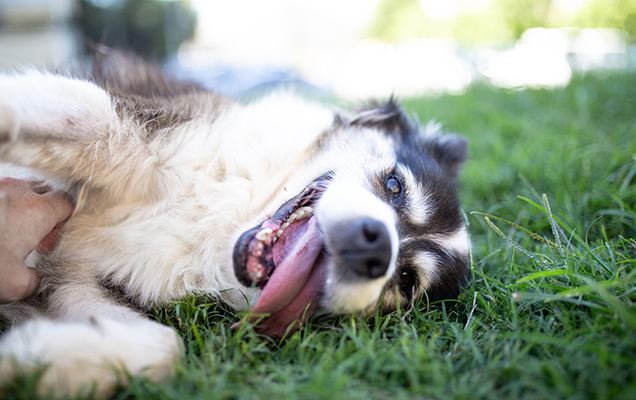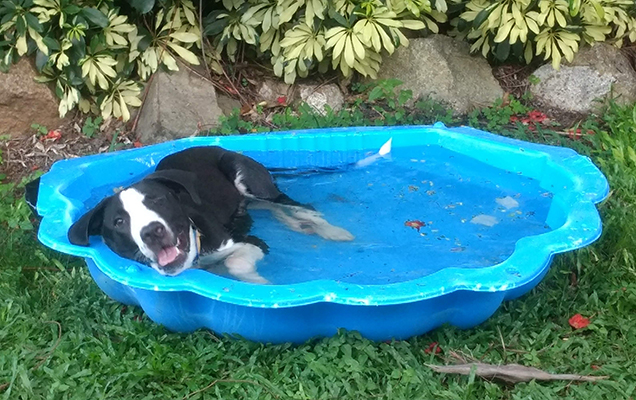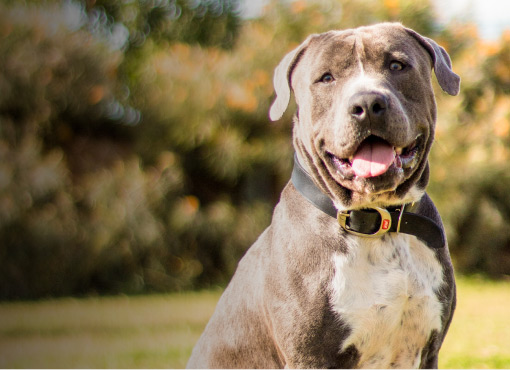Heatstroke happens when the body is well above the normal temperature range, which can result in thermal injury to tissues, multiple organ failure and rapid deterioration or even death. All animals are susceptible to heatstroke, here are some tips on the symptoms to look out for, and how to help your pet stay cool.
- Shop Online
- News & Events
- Blog
- Contact
- Seen an animal in distress? Call 1300 ANIMAL(264 625)
-





